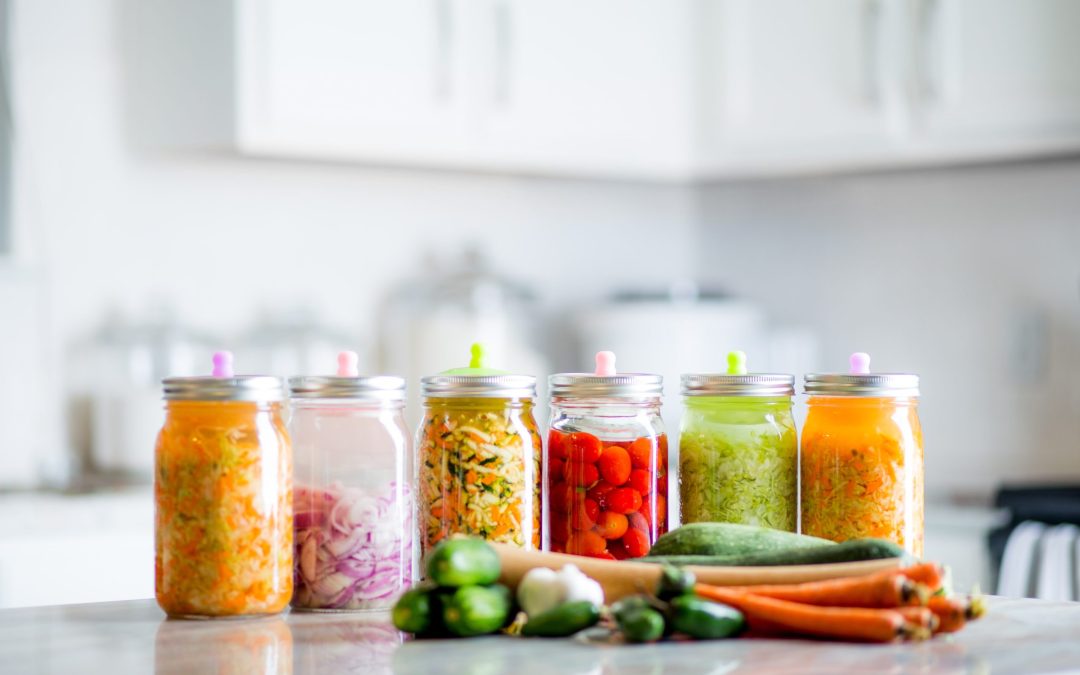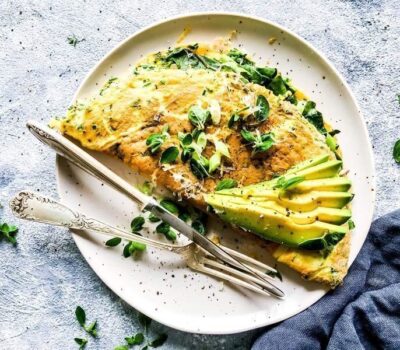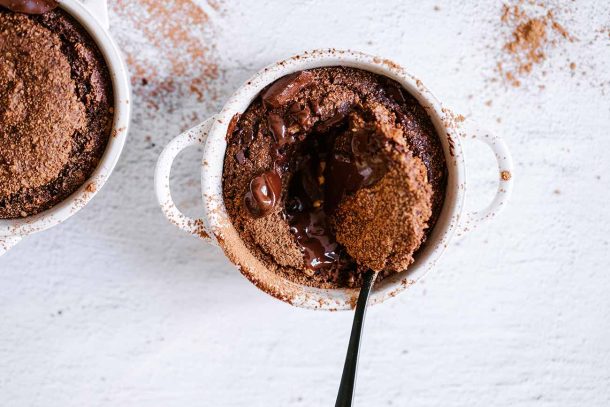Amongst the most common questions we are asked are those which relate to Gut Health, with a frequent question being: Why am I bloated after I eat? Although we have written on this topic before, there are many layers and variables. Despite a plethora of books available on the subject, recipes to heal the gut etc., symptoms may persist. This is because the information is often conflicting. The solutions may work for some but not all, depending on individual biochemistry and current gut flora balance.
One example is the allium family, for example, garlic and onions. These foods are often reported to be “gut friendly” and even “gut superfoods” as they contain important prebiotic fibre. That is, food for your gut microbes. For this reason, it is true that these foods are beneficial in a relatively balanced system. Yet, this same food group is very high in FODMAPS (fermentable oligosaccharides, monosaccharides, alcohols and polyols), or fermentable sugars. So, as we are feeding all microbes, if there is insufficient diversity of our gut microbes, we could exacerbate this imbalance. This is just one example where individual biochemistry needs to be taken into consideration.
Whilst fibre, in general, is an important prebiotic and very important for our digestive health, too much fibre, or certain types of fibre, for some, can cause digestive problems or other symptoms which are related to our gut health and intestinal integrity. Compromised intestinal integrity, sometimes referred to as ‘leaky gut’ means that molecules that are too large, or that should not make their way into our circulatory system, pass through this membrane. This means our immune system may initiate an inflammatory response, and possibly a defence response against certain foods, potentially leading to allergies.
Some people swear by kombucha, kefir, kimchi, miso, yogurt and other fermented foods. Others find that these foods make their symptoms worse. To add further confusion, the popularity of these products has led to a flooding of the market, and, as with everything, the commercial varieties are vastly different in quality. For example, decades ago, well before the current trend, I made kombucha myself, in the traditional way. That is, fermenting tea and sugar using a culture of yeast and bacteria, called a scoby (or kombucha mushroom). The sugar feeds the bacteria. So, beginning the fermenting process with natural, non-toxic products is important, that is, natural, organic sugar, organic tea and filtered water. The length of time of fermentation process will influence the residual sugar, and therefore sweetness, as well as the number of beneficial microbes. Subtle bubbles occur naturally during the fermentation process.
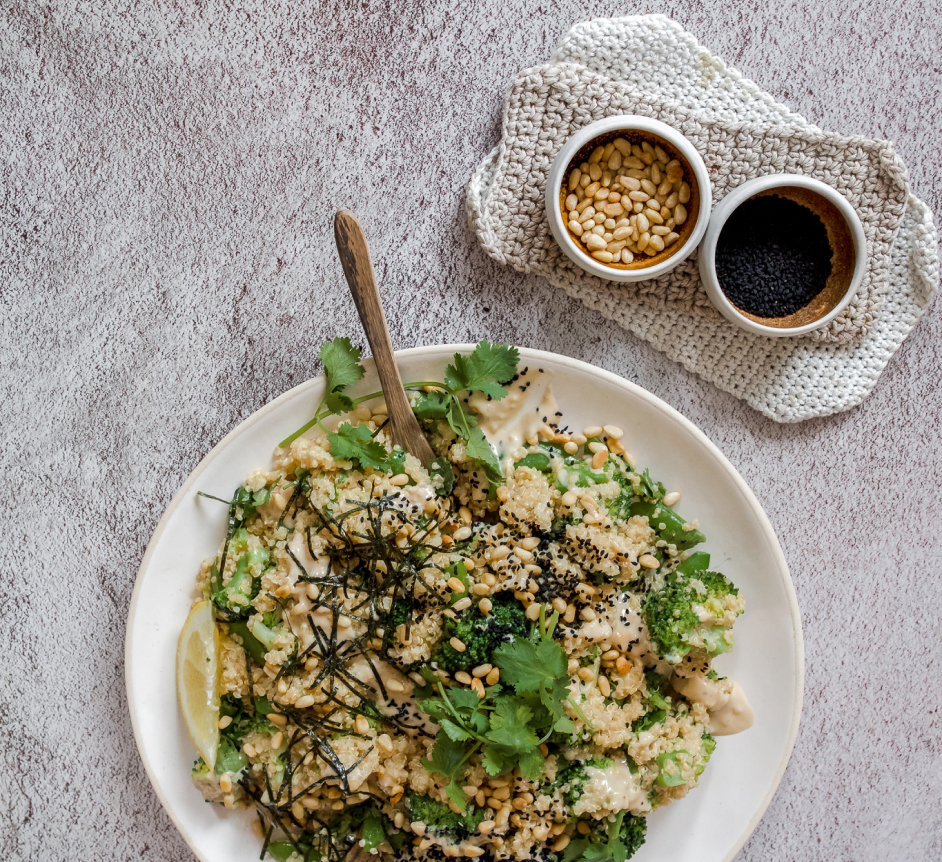
Some commercial brands may involve pasturisation, which will destroy probiotics. They may not use organic raw materials and sugar. Other sweeteners may be added after the process to make the drink more palatable and marketable. We always recommend checking the sugar content when choosing a kombucha, as well as origins of raw materials and any additives, which should be limited to natural foods such as ginger. Ginger assists digestion and is also delicious! Ideally, there should not be added sweeteners of any kind. Even sweeteners such as erythritol (an alcohol sugar or polyol) can cause digestive symptoms in some, particularly those with digestive conditions such as IBS (Irritable Bowel Syndrome).
Even when using probiotics as a supplement, these need to be monitored and ideally not used for too long. The reason for this is to avoid creating a dominance of just a few strains (even of ‘healthy’ gut microbes). As stated earlier, diversity is key.
From a naturopathic perspective, we have always espoused the historical Hippocrates’ view that ‘all disease begins in the gut’. Whilst derided for many years, the importance of our gut health is now well established. It would be difficult to find a time in history when we have been plagued by such prevalence of chronic diseases as we are today. We could speculate that in all of these diseases, at least in part, our digestive health plays a role.
Context must be taken into consideration and as such, one size does not fit all. This is fundamental to our nutrition philosophy.
A very commonly reported uncomfortable symptom relating to the gut is bloating, which in some cases is painful, particularly after meals. We are often specifically asked this question, so we’ll use this as an example. We’ll also share some insights on why you may not be seeing the results you are hoping for and how you can resolve this.
Why am I bloated after I eat?
There is no one definitive answer for this. A good start is to complete a food diary. It’s important to be honest and diligent about this. When you read all the variables below, you will see why this exercise, onerous as it may seem, is so important.
In addition to providing information on potential patterns, completing a food diary also acts as an awareness exercise. Often, we don’t notice the occasions where we don’t experience a symptom and convince ourselves that it occurs after every meal. The diary should be as comprehensive as possible, including not only what you eat, but when and how you eat. For example, is bloating worse after certain meals, when stressed or in other circumstances? What is different when you don’t experience this symptom? Shifting the focus to the conditions when you feel well is essential and often overlooked information. What other symptoms co-exist, such as constipation, headaches? These are all things to note in your food diary.
Most people will experience bloating occasionally and when it is rare, we generally have a reasonable idea of what initiated it. Overindulgence during festivity is a common example.
If it is very common however, it can be more difficult to identify. Here are some possible causative or contributing factors:
Gastrointestinal infection. This could originate from a number of sources, from bacteria to parasites. Any overseas travel over the past 12 months should be considered. This required investigation by a medical practitioner.
Medical conditions or syndromes such as IBS (Irritable Bowel Syndrome), IBD (Inflammatory Bowel Disease, which includes Ulcerative Colitis and Crohns Disease), Coeliac Disease or other conditions. Hormonal factors may also play a role. For example, bloating is common in females around menstruation time and after menopause. These should be investigated by a medical practitioner.
Antibiotics (including foods containing antibiotics). As is now well known, antibiotics kill not only pathogenic bacteria, but also our essential healthy bacteria. These medicines, useful in the right circumstances, are now used less liberally. However, antibiotics are still widely used in animal agriculture so you may be unknowingly consuming antibiotics in the foods you eat.
Gut flora imbalance: Diversity is key. In addition to the above causes, our gut flora may become imbalanced (known as gut dysbiosis) through poor diet. This includes excess sugar, processed foods and many commercial vegetable oils, all of which adversely impact glucose metabolism, promote inflammation and cause disturbances in the gut flora. In addition, herbicides such as glyphosate seriously disrupt our microbe colonies, which is why we advocate choosing organic produce wherever possible.
This can take some time to correct and may need assistance of a nutritionist.
Sensitivity to particular foods, or families (for example allium, nightshade, lectins)
Many of these foods may be ordinarily considered healthy, however, much like the onion example, there are other influencing factors. This is where keeping a food diary can be very helpful. Even seemingly unrelated symptoms can occur as a result of food sensitivities. There can be sensitivities to almost any foods. Here are some examples:
- Gluten: Whilst gluten is a severe allergen for those with coeliac disease, most integrative doctors will advise against consuming gluten due to the increased permeability in the intestinal mucosa which occurs for up to two hours after consumption. For more information on gluten, please see our previous articles.
- Lectins: Lectins and phytates, sometimes referred to as anti-nutrients, are present in many plant-based foods. Legumes and beans have long been notorious for causing bloating and other digestive issues. This may be due to their lectin content. However, there are ways to mitigate this impact in their preparation and cooking. According to cardiologist, Dr Steven Gundry, author of “The Plant Paradox”, pressure cooking beans can reduce the inflammatory response.
- Nightshades: Solanacea family. The nightshade family of vegetables include eggplant, tomatoes and capsicum, all ingredients in one of our favourite savoury dishes, ratatouille. For some though, consuming too many foods from this group can be problematic.
- Nervous system dysregulation: When we eat whilst stressed, upset, or on the run, our autonomic nervous systems are sympathetic dominant, instead of parasympathetic dominant, otherwise known as ‘rest and digest’, which is required for optimal digestion.
- Digestive enzyme insufficiency: Our digestive processes are very complex and require multiple cascades of chemical reactions to assist this process. In very simple terms, digestion involves salivary enzymes produced in the mouth during chewing process, HCl (hydrochloric acid) produced in the stomach, bicarbonate to then buffer the acidity and pancreatic and liver digestive enzymes to further metabolise the macro and micro nutrients. These processes require sufficient raw materials (nutrients) and a regulated nervous systems, summarised below.
The above is very much an overview of the many and varied reasons our digestion may not be operating as well as it could and emphasises why keeping a food diary is a good place to begin.
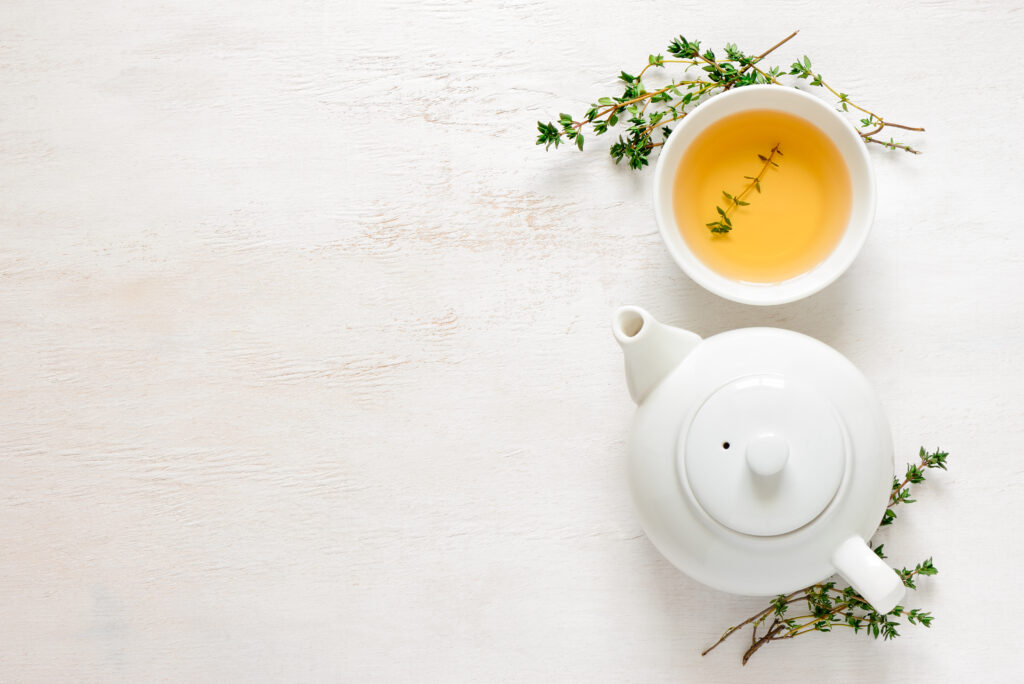
Some other tips that may assist with bloating after meals include:
- Ensuring good general hydration, and avoiding drinking water, especially cold or carbonated water, during meals and ideally for 20 minutes before or after eating.
- Avoid exercising too soon after eating.
- Prepare for digestion. That is allow time to slow the system so that your nervous system is in a ‘rest and digest’ state. Eat mindfully, avoiding eating on the run, whilst stressed or anxious, or whilst engaged in another activity.
- Calming teas, such as peppermint, chamomile and ginger, post meal.
- Self abdominal massage. Wearing loose clothing, take a few deeps breaths, with hand on abdomen. This helps to further facilitate parasympathetic nervous system function to enhance digestion. Begin massage at right lower right quadrant, moving clockwise, in the direction of peristalsis of the large intestine. There are a number of youtube demonstrations of this.
- Avoid tight clothing, as this can interfere with circulation and digestive processes.
- Ensure there are sufficient long chain omega 3 fats in your diet, which helps to reduce inflammation. That is, DHA (docosahexanoic acid) and EPA (eicosapentanoic acid). Good sources of these substances are found in fatty fish, such as salmon, however, ensure that you a choosing a good quality wild or organically farmed salmon. If you are vegan you may wish to speak to your health practitioner about vegan sources of DHA and EPA via supplementation.
This information is intended as a guide only. We recommend further investigation should these symptoms not resolve.

